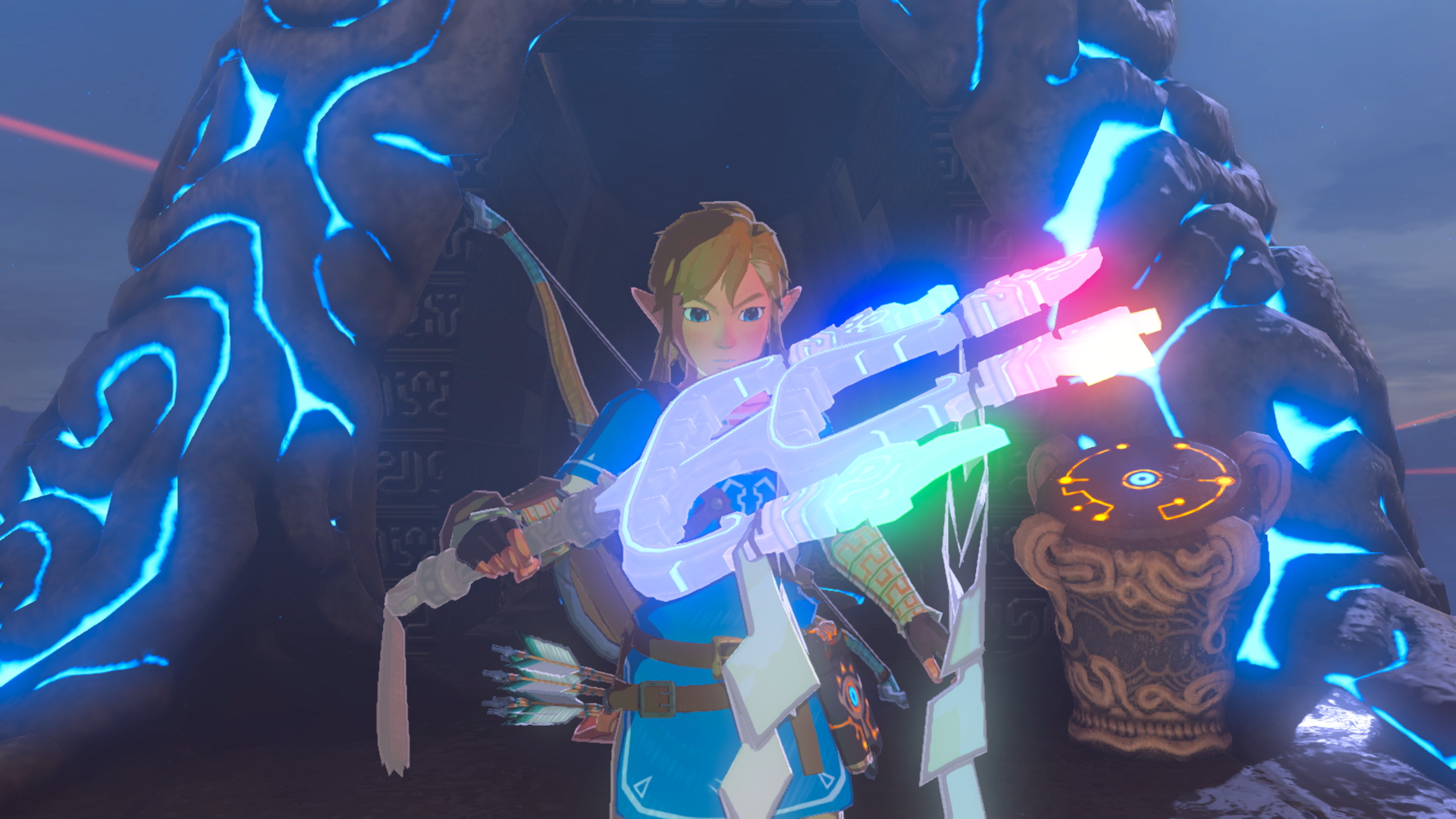Love it or hate it, weapon durability is back with the Legend of Zelda: Tears of the Kingdom.
Players of Breath of the Wild may mourn this news, as it was a mechanic that was very much disliked in an otherwise highly praised game. Game Informer went as far to say that it ruined the play experience, expressing that it removed the feeling of progression from the game. Yet, despite the critique of the durability system in Breath of the Wild, there’s a reason why Nintendo decided to keep it, albeit modified, for Tears of the Kingdom. Weapon durability is key in making the game feel like Zelda; it’s not a simple mechanic that can be removed from the game because it contributes foundational gameplay experiences.
The ease with which weapons and shields break in Breath of the Wild truly encourages resource management and exploration. The player must think about when and where to use weapons they find across the map because their time with that weapon is finite. Weaker axes can be used to chop trees, so you don’t waste a knight’s sword. Knight’s swords become common at a certain point, so you can use those on enemies and save the Master Sword for boss fights or guardians. The procedural rhetoric of the mechanic persuades players to be considerate and conserve. It also begs players to explore the massive open world.
It’s not a far-fetched statement to say that Breath of the Wild’s greatness comes in the exploration of the ruins of Hyrule—and luckily for Link there are weapons to be found everywhere. Searching for a new arsenal is something that fuels the exploration of the game. From side quests given by random travelers pointing out map locations to enemy drops, there’s a constant reward in searching for new gear. In fact, it’s not even a reward, it’s a necessity. Breath of the Wild begs to have every nook and cranny of it analyzed and tested. It’s brimming with surprises, new weapons, items, and quests. Weapons, as finite but essential entities, are a very high value reward for that exploration and curiosity. See that guardian over there? Figure out how to play laser tennis with it and get a fancy new toy—even if you only have a stick and a wooden shield to defeat it. Weapons may be finite, but the game is not bereft of patterns of physics and mechanics that encourage a bit of playing around and critical thinking.

Weapon durability also assures the breadth of combat in Breath of the Wild remains in balance.
In this world, mobs don’t level with you; in fact, Link doesn’t level. The difficulty, outside of your hearts and stamina wheel, is set from the start. If a player could run off and find the best weapon in the game and use it to defeat all major bosses right off the bat, they would lose the general experience of Breath of the Wild: fulfillment awarded through exploration and curiosity rather than the boredom of being overpowered. Breath of the Wild prevents this from happening because, while it does allow you to technically grab the most powerful weapons in the game right after the start zone, that weapon is only going to last you a couple fights before you’re back to square one.
Ultimately, weapon durability helps the Nintendo team achieve what they wanted with player experience. It’s not necessarily about getting fat loot that will last the entire game. It’s about existing and exploring a world that is sparse and healing. It’s about discovery. It’s about thinking. What is a Zelda game without its indelible puzzles? The genius of Breath of the Wild, and hopefully its new iteration, is that the puzzles aren’t just found in dungeons, but in the playability of the game and world itself.


No Comments